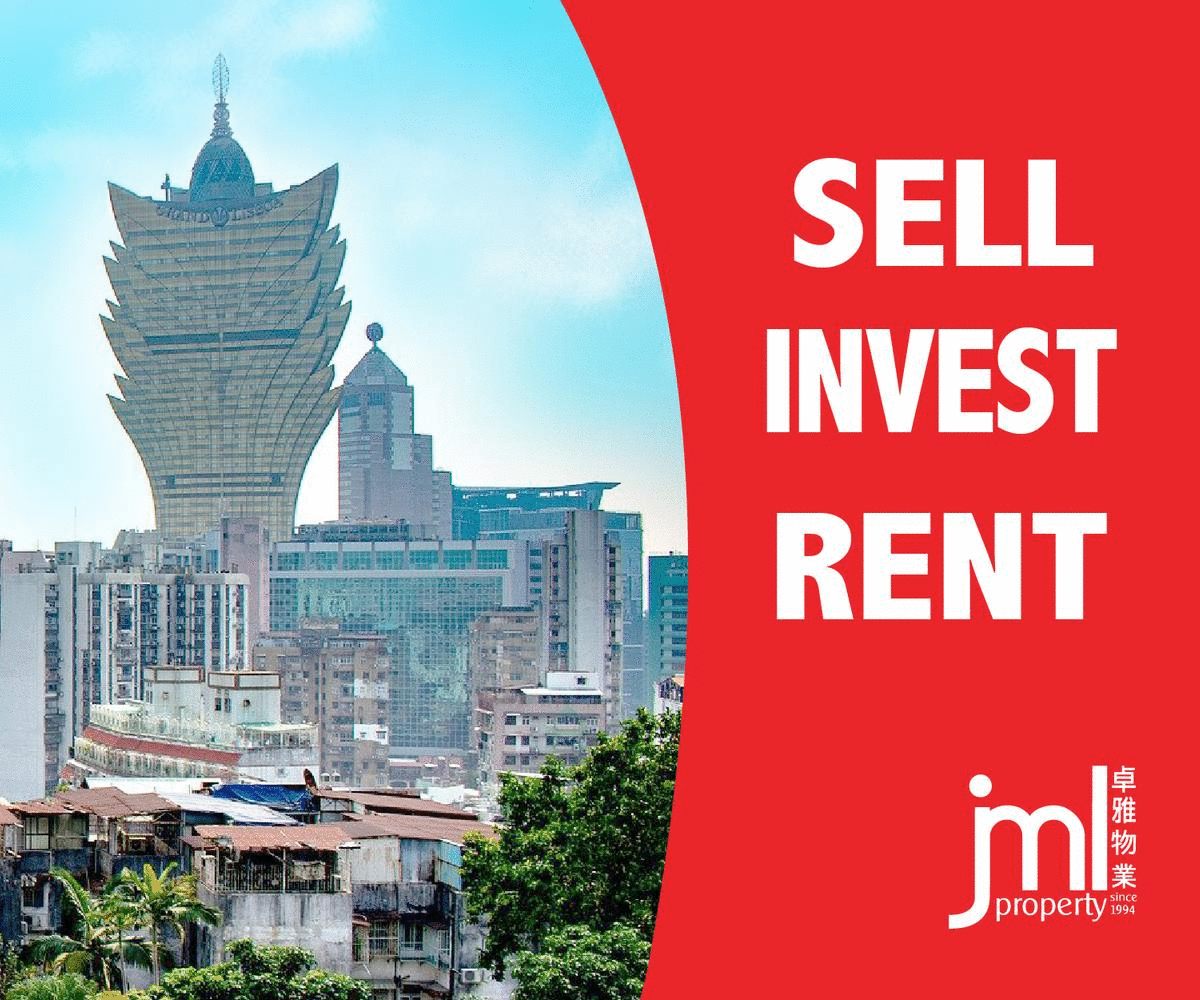Chinese leaders are expected to cut their growth target to allow more flexibility in overhauling their slowing, state-dominated economy when their legislature meets this week. But they are unlikely to unveil significant new reforms.
The annual gathering of the National People’s Congress is largely ceremonial, doing little lawmaking and instead providing a platform to publicize the Communist Party’s priorities. This year, delegates will focus on the ruling party’s new development plan — the latest chapter in a marathon effort to transform China into a middle-income economy with self-sustaining growth driven by consumer spending instead of investment, trade and heavy industry.
Critics complain the party is dragging its feet on tackling one of the most important elements of that: The politically daunting challenge of reining in state companies they say are a drag on growth.
The target due to be announced tomorrow by Premier Li Keqiang is expected to be in the range of 6.5 to 7 percent, down from 2015’s goal of “about 7 percent” and the second cut in two years. It would be the minimum President Xi Jinping said in November is needed this decade to achieve the official goal of making China “moderately prosperous.”
Economists warn anything higher could set back reforms by forcing Beijing to throw more wasteful investment at the economy.
“It would leave some room for structural reforms without stretching on short-term growth objectives,” said Bank of America economists Xiaojia Zhi, Helen Qiao and Sylvia Sheng in a report. Even 7 percent growth this year “would be difficult to achieve,” they said.
The slowdown and Beijing’s efforts to shift emphasis away from heavy industry already have slashed workforces at mines, shipyards and other employers. Retailing, e-commerce and other services businesses are growing and absorbing some idled workers, but many are still struggling to find work.
Wang Zheng lost his mining job when the iron mine where he worked 200 kilometers (150 miles) north of Beijing closed. Now he works in the Chinese capital as a driver for ride-hailing app Uber but said he struggles with “fierce competition.”
“Before, when the mine was open, we didn’t have to go to Beijing find work,” said Wang. “But now, the mine has closed and there is no work so we had to go to Beijing.”
China’s industrial reform plan will run through 2020 despite pressure from a deepening slowdown that took growth to a 25-year low of 6.9 percent last year. It is forecast to fall further.
A recent spate of turmoil in financial markets partly triggered by China’s tinkering with exchange rate policies has added to concerns over the leadership’s handling of the transition to more balanced growth.
Li, as premier the top economic official, reassured global finance officials who met in Shanghai last weekend that the country has “great potential, resilience and flexibility.”
China is not headed for a “hard landing,” Wang Guoqing, spokesman for the Chinese People’s Political Consultative Conference, a government advisory body, told reporters. “The long-term economic fundamentals remain unchanged and there is ample room for the government to maneuver.”
This week, Beijing moved to expand lending by easing bank reserve levels, though Li and other leaders say stronger growth requires reforms, not stimulus.
Advocates of faster reforms complain China is stalling on repeated promises to trim monopolies, subsidies and other privileges of the 106 national-level and 150,000 local state-owned companies that dominate industries from oil and banking to telecoms and steel.
“Chinese leaders must be aware of the situation, but there is a question whether they are strong enough to initiate a change because interest groups are formidably strong,” said Sheng Hong, director of the Unirule Economic Institute, a private research group in Beijing. “In all aspects, state-owned companies are hindering the recovery of China’s economy.”
Local leaders are experimenting with ways to foster more competition among lower-level state companies, like bus services and restaurants. The northeastern rustbelt city of Shenyang is considering allowing recent university graduates to buy apartments with no down payment to clear away a backlog of unsold housing.
The congress might be used to publicize those local efforts as a national model, said economist Brian Jackson of IHS Global Insight. But he said a “grand new plan” to speed up industrial reform is unlikely.
“I think people are probably going to be a little disappointed,” he said.
Significant new reform plans are more likely when a new Cabinet takes office in 2017 following a twice-a-
decade leadership reshuffle.
Instead, the congress may showcase “supply-side reform” — the ruling party’s term for shrinking bloated industries from steel to cement to aluminum in which supply vastly exceeds demand.
Such gluts have led to price-cutting wars that are holding down inflation but causing companies to go bankrupt. Steel producers have responded by exporting their surplus, prompting complaints by China’s trading partners.
“They basically identified that in December as the No. 1 item to deal with in 2016,” Jackson said.
This week, the government announced cuts of 1.8 million jobs in coal mining — about 17 percent of the industry’s total workforce. Last week, Beijing unveiled a 100 billion yuan (USD15 billion) fund to cushion the blow to laid-off workers and help them find new jobs.
Also, this year’s target for industrial growth will be cut to 6 percent, down 2 percentage points from last year, industry minister Miao Yu said last week.
A deputy finance minister, Zhu Guangyao, talked openly about the political challenges this week during a visit by U.S. Treasury Secretary Jacob Lew.
“Some officials want to protect their local enterprises. They are expecting other localities to reduce overcapacity and shut down their businesses, so that the businesspeople in their own places can benefit,” said Zhu at a news conference. “That is why we need unified leadership on this issue, and we need very strong policy guidance.” Joe McDonald, Beijing, AP














No Comments